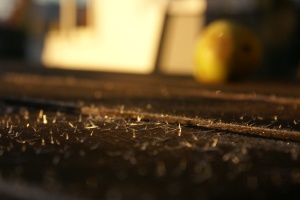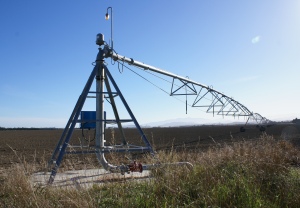My May travels to the basin have been both disappointing and rewarding.
I’m new to the challenges of film-making and still coming up with things that get in the way, and this trip was plagued by them. The biggest problem has been working around people’s schedules to get interviews done and his was just one of those best laid plans that go awry (I’ve had plenty of legitimate excuses for moving interviews like tonsillitis) but aside from these evolving plans the trip was a great success.
I visited Pukaki and the great mountains with a couple of DoC officers monitoring traps in preparation for the release of the lovely (dorky) teenage black stilts later this year. It’s not a great job (killing things for a living) but it’s a crucial part of New Zealand conservation and a pretty amazing office.
We also visited the Twizel area school and were privileged to meet and chat with some of the students about the changes happening around them. We came up with an epic (and super messy) brainstorm to describe some of the problems, potential solutions and the interested parties. Special thanks to a particularly astute young man who gave me some very grown up views of what’s really going on (see the movie for more on clever kids).
Another challenge has been the backing away of some of the dairy farmers I have approached regarding filming their operations. It’s a hard thing to trust some stranger to portray you fairly and honestly to the rest of the world, particularly as the dairy industry often gets a pretty bad rap from the media (not always undeservedly). But it’s difficult to tell both sides of a story if mostly one side would rather not comment. I personally see the problems with dairying (in New Zealand in general) as arising with individual management strategies, as is the case with almost any kind of land use. There are places where dairying works very well with minimal environmental impact but it’s not the right choice for all of New Zealand.
I hope to contact a few more farms and see what they have to say, wish me luck!


















